Tucked in the quiet corner of South Mumbai you will find plenty of heritage buildings that stand the test of time. Previously I covered my college, the Elphinstone College that is among the oldest colleges in Mumbai (then Bombay). This time let me take you on a short trip to visit one of the prominent newspapers in India: Mumbai Samachar.
I know we live in the age of the Internet where information is just a swipe away. All you need to do it open your news app or just say Okay Google and type or say what you want to search. That’s it. You have the information right before you. This might have diminished the importance of newspapers but they are far from dead. Moreover, they have become the only source that offers genuine news in the world of fake social media bites.
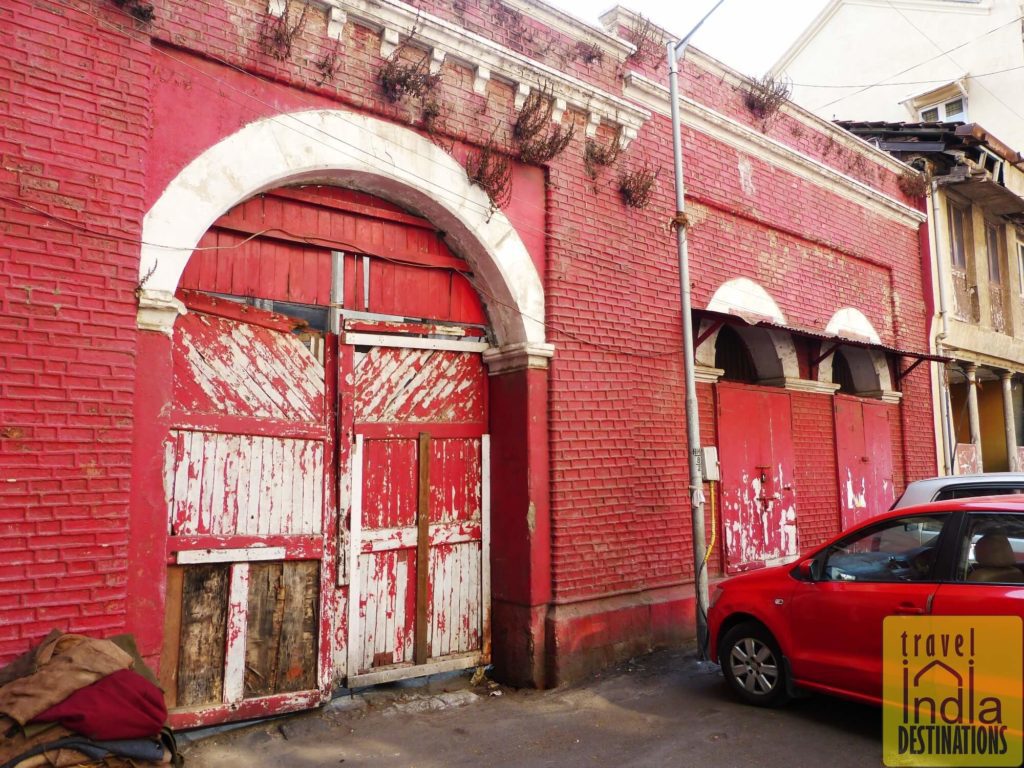
If I take you back in time, I have to tell you that unlike other cities in the world Mumbai has a deep history. Mumbai history dates back to the Stone Age when it was in the form of seven islands. Various indigenous dynasties settled and ruled here. However, it was only in the 18th century that the city became the trading town and became the financial hub of the land.
The Birth of the Newspaper
It was during those times that Fardunjee Marzban (Fur-doon-jee Merz-barn) came to Mumbai (in 1805) to learn vernacular languages. After three years of learning, he opened a book bindery. During his days at the book bindery, he met Jijibhai Chhapghar, a printer by profession. Subsequently, Fardunjee got inspired and decided to open an Indian printing press.
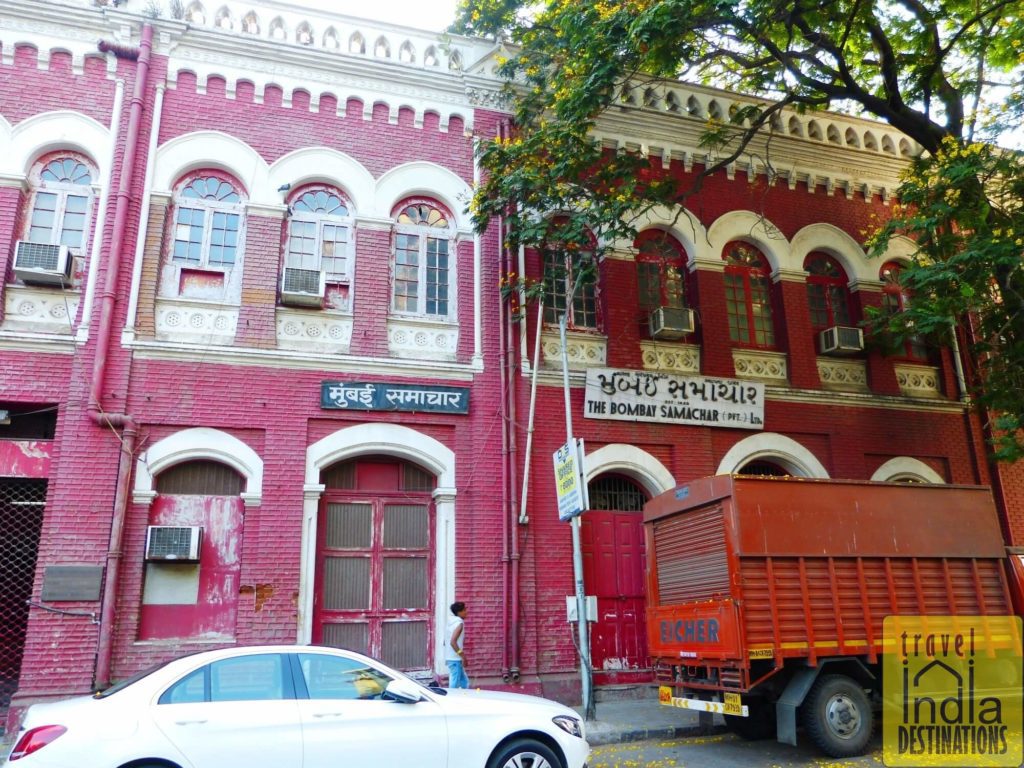
The press was set up in 1812 here in the Red House building. However, for the first two years, nothing substantial happened. He printed other works from 1814 to 1822 but the printing press wasn’t successful. Finally, in 1822, Fardunjee decided to print The Bombay Samachar. It was a weekly paper that comprises of three small quarto sheets.
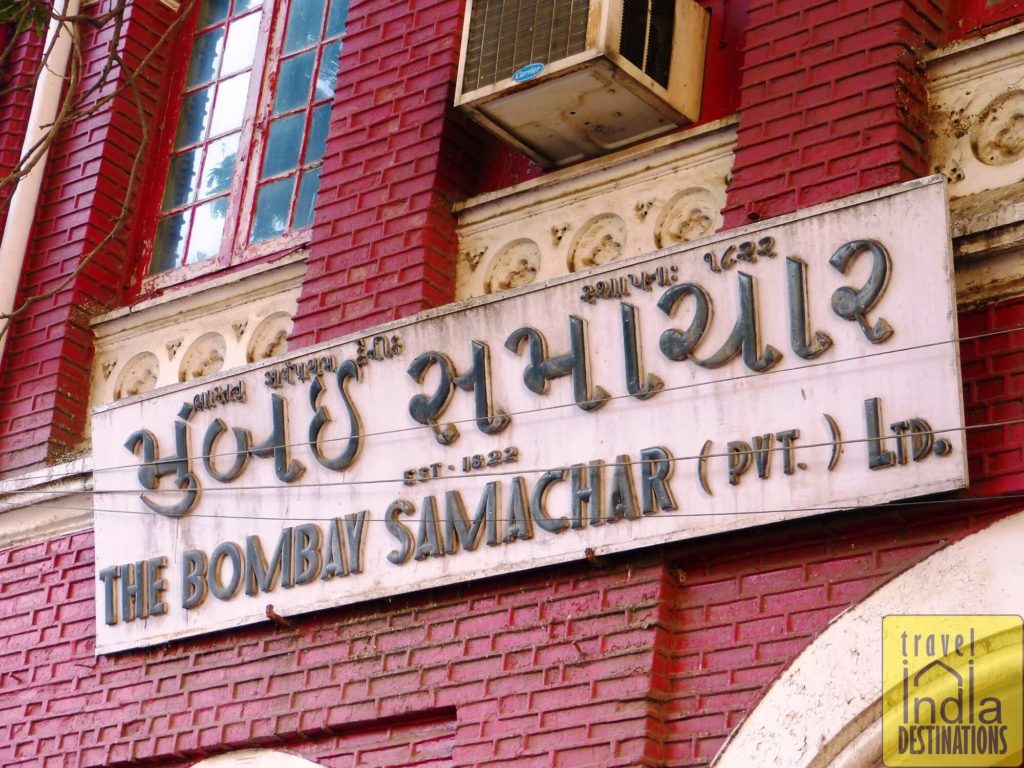
The paper wasn’t an instant hit, but it managed to keep up the circulation numbers. The Bombay Samachar (now Mumbai Samachar) remained a weekly newspaper from 1822 to 1832. However, it got some readership and became a bi-weekly from 1832 to 1855. To sum it up, it took many years before the newspaper garnered some popularity.
The Steady Growth
One of the reasons for the steady growing readership of the Mumbai Samachar was the language. Unlike most of the English newspapers, Bombay Samachar focused on the vernacular language. It was for the local Gujarati-speaking people in India. Hence, it became one of the premier newspapers on the west coast of India. On the other hand, Fardoonjee became the pioneer of the Gujarati printed newspaper and literature.
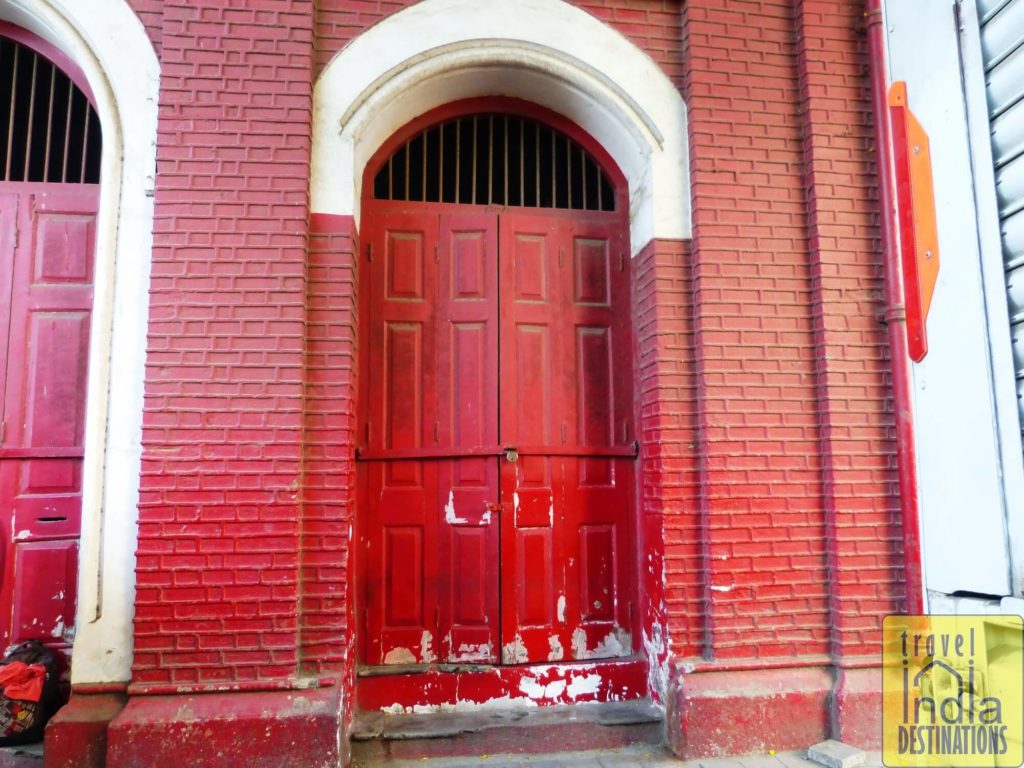
Secondly, the newspaper wasn’t focusing on sensationalising news. Both British and Indian government respected the newspaper for its fair, objective and critical analysis of the events. As a result, it became the mouthpiece of various freedom fighters of Indian independence and managed to spread the true news effectively.
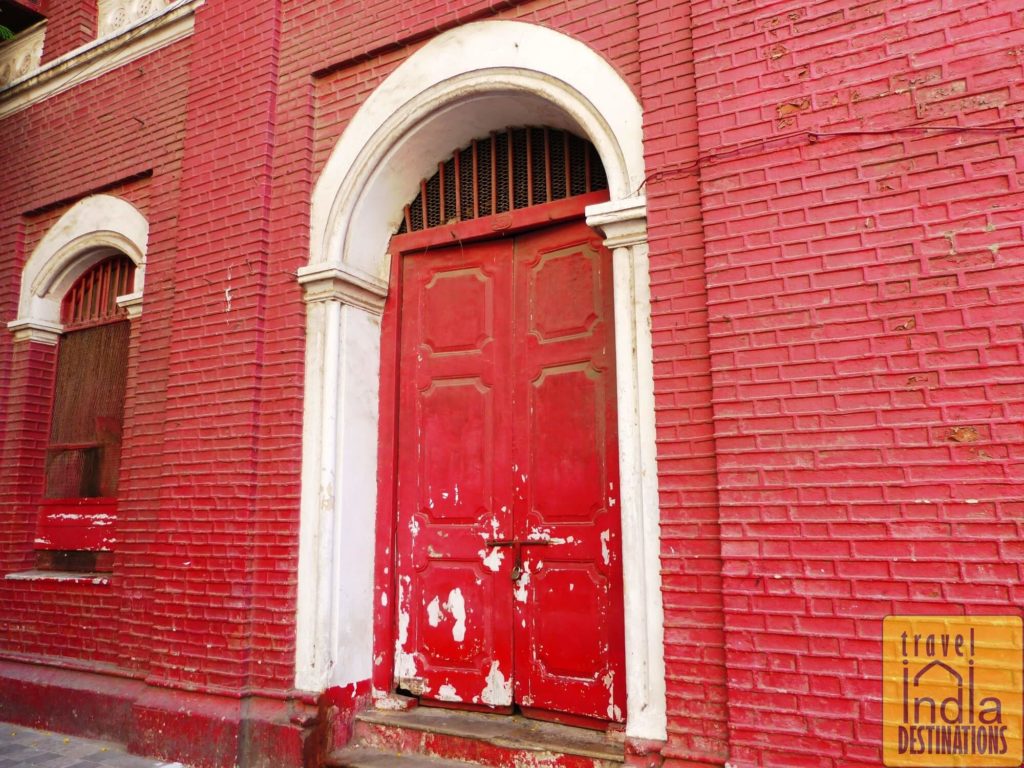
Thirdly, Mumbai Samachar never dedicates the entire front page to any particular advertiser. Hence, multiple entrepreneurs and small companies can advertise their brand on the front page. Similarly, a variety of news is available on the front page to ensure more content.
The Present
Since 1933, Cama family has taken over the control of the publication. Over the years, the newspaper has embraced the new printing technology available in the publishing field. To reach more readers, the newspaper has its own news site and mobile app.
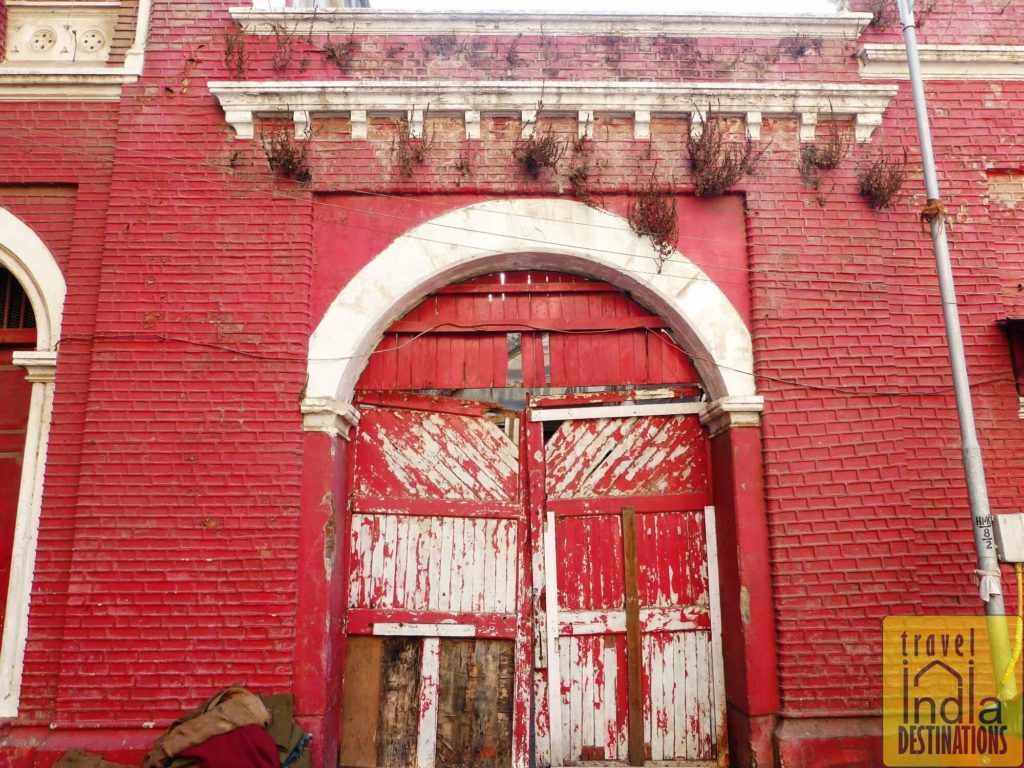
However, it still occupies the same building and retains its architecture as well. Today, Mumbai Samachar is the oldest continuously published newspaper in India and in Asia as well.
7 comments
This is a wonderful entry for Thursday Doors, Sharukh! I love the building, the doors and the history. You did a great job “reporting” the history of this building. This is also a curious link to my area. The Hartford Courant (the daily paper we read), is the oldest continuously published newspaper in the United States.
I’m glad that you loved the reporting part.
I agree with Dan. I love the colorful building and the doors and I enjoyed reading about the history of the paper. What bothers me most about non-newspaper news as well as much of what’s in the papers that still exist, is that opinion and fact are usually presented as the same thing. Papers used to have an opinion page or pages and the rest of the news was reported relatively free of bias. Now it’s much harder to tell which is which and it most often seems to be opinion presented as fact.
janet
Thank you, Janet, for your comments. In India, some of the top media houses are completely unreliable. It is unfortunate to see them working hand in glove with politicians and top industrialists to brainwash the common man. However, there are many regional and independent newspaper firms like this one that have managed to be the voice of the people without any bias. This gives us the hope that there is light at the end of the tunnel and the fight must go on.
Interesting read as I know very little about your India, but have heard many wonderful things from my friends who recently spent quite a bit of time there. And red doors are always a perfect entry for Norm’s Thursday Doors!!!
Thank you for your comment, Denise. India is quite diverse and vast and therefore not many people know everything about it. In fact, we as citizens don’t know everything about India as well. On the other hand, there’s plenty of fake media content that circulates on the Web so both I and Sarah focus exclusively on India. I’m glad that you liked the post.
Magnificent website. A lot of helpful information here. I am sending it to a few pals ans
additionally sharing in delicious. And obviously, thanks in your
effort!